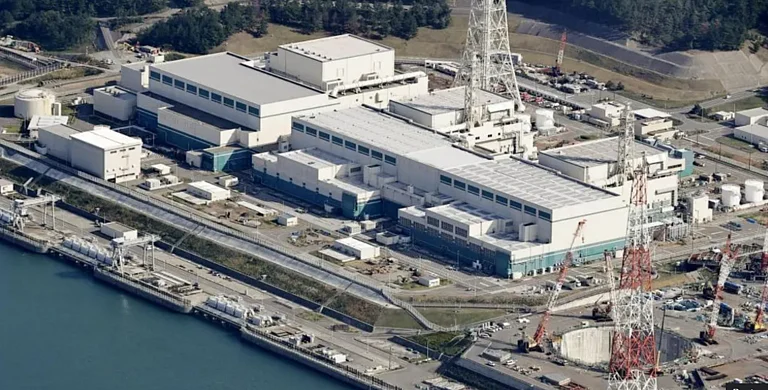The world’s largest 3D-printed neighbourhood is on the verge of completion in Georgetown, Texas, and it’s poised to change the entire property landscape. However, if you were expecting dirt-cheap costs, you might be in for a surprise.
With many countries grappling with housing crises, it’s natural to wonder why we can’t just print more homes using modern technology. Well, it turns out we can – almost.
This ambitious project, located alongside the San Gabriel River in the scenic hills of Georgetown, began in 2022. The Wolf Ranch community, consisting of 100 3D-printed homes, is nearing its final stages, with the last few homes expected to be completed by summer 2024.
The creation of this groundbreaking neighbourhood is the result of a collaboration between ICON, a Texas-based start-up specializing in large-scale 3D printing, and Lennar, one of the largest homebuilders in the United States. The partnership has brought the future of housing into the present.
But if you’re thinking these high-tech homes would come at a bargain, think again. The cheapest home in the community, offering 146 square meters (1,574 square feet) of space with three bedrooms and two bathrooms, starts at around $430,000 as of August 2024. Larger homes are available, but they come with a heftier price tag.
Jason Ballard, the co-founder and CEO of ICON, is confident in the project’s potential and believes this could be just the beginning. When the project first launched, he stated, “For the first time in the history of the world, what we’re witnessing here is a fleet of robots building an entire community of homes. And not just any homes, homes that are better in every way… better design, higher strength, higher energy performance and comfort, and increased resiliency."
Ballard envisions a future where robots and drones will construct entire neighbourhoods, towns, and cities, and he sees the Wolf Ranch community as a pivotal moment in the evolution of housing. “We still have a long way to go, but I believe this marks a very exciting and hopeful turn in the way we address housing issues in the world,” he added.
ICON’s ambitions don’t stop on Earth. In 2022, the company secured a $57 million contract from NASA to develop 3D-printed infrastructure for potential use on the Moon and Mars. The future of housing, it seems, might extend beyond our planet.



























